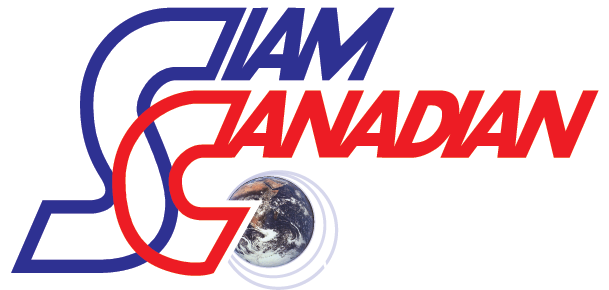August 14, 2013, 8:39 am
Jeanine Stewart, Tom Seaman
Ecuador’s 10 to 14% countervailing duties, issued on Tuesday by the US Department of Commerce (DOC), came as a shock to an industry told in May the country was likely to get zero.
The decision is likely to see Ecuador’s shrimp processors shift more toward Europe and Asia and away from the US. This will, in turn, mean US buyers look more to Asia, where supply is already strained.
“It really is a shocker,” said Jim Gulkin, managing director of Bangkok, Thailand-based supplier Siam Canadian Group.
“Ecuador will greatly reduce shipments to US and concentrate much more on shipments to China — and Vietnam — and Europe,” he told Undercurrent News.
“This will increase Asian shipments to US and put further pressure on Asian prices,” said Gulkin.
Ecuadorian processors are already selling more and more to China and the rest of Asia with one Ecuadorian executive telling Undercurrent 60% of the company’s sales are now to Asia, compared to 5% in 2009/2010.
Despite the drive from Ecuadoran processors to develop new markets, the US is still massive for the country and the decision is not welcome in the least.
When preliminary rates came out in May, the DOC estimated Ecuador would not receive duties, and all rates were relatively low. The DOC also said the evidence against Ecuador did not prove the government had given significant subsidies to its shrimp farmers.
“I’m very surprised, quite honestly, after having zero initially and then getting hit with an 11% duty,” a shrimp buyer in the US told Undercurrent. “I don’t think it’s justified.”
US buyers, already stressed by runaway global shrimp prices, stand to take a blow as a result. Ecuador was the largest supplier to the US in the month of June and the second largest through the first half of the year, even as it ups its exports to China on increasing prices in that market.
“Even though Ecuador is pricing itself out of the [US] market a little bit, it’s going to impact the industry as a whole,” the source said.
Meanwhile, a source at a major producer in Ecuador expressed bewilderment.
“This makes no sense,” the source told Undercurrent. “We definitely don’t get any subsidies, and having the US dollar as [our – Ecuador’s] currency, we even face hard times to compete.”
The source suggests there was a misunderstanding or lack of interpretation that twisted the results.
When pressed on whether others in the industry may receive government handouts, the source said “none at all”.
“If we get something, it’s higher taxes, more control, tougher labor laws and more fierce competition from low labor competitors,” the source said. “This is as it was with the dumping lawsuit a couple of years ago – it is another scheme to twist US laws in benefit of a group that has not progressed along with the rest of the shrimp industry.”
This is definitely not what Ecuador’s shrimp trade organization, Camara Nacional de Acuacultura (CNA), expected to happen. When speaking with Undercurrent after the initial rates came out in June, José Antonio Camposano, executive president of the CNA, said: “Ecuadorian shrimp producers do not receive any subsidies, and the preliminary determination has confirmed that, so we could expect that things remain the same.”
The rates were not only surprising for Ecuador but appear to have been surprisingly high for other countries as well, according to John Sackton, publisher of Seafood News.
“The Department of Commerce stunned the room when they announced final CVD duty rates,” reports Sackton, who was present when the US Department of Commerce announced its decision in Washington D.C. on Tuesday.
Source:
Contact us for more formation:
Email: info@siamcanadian.com



